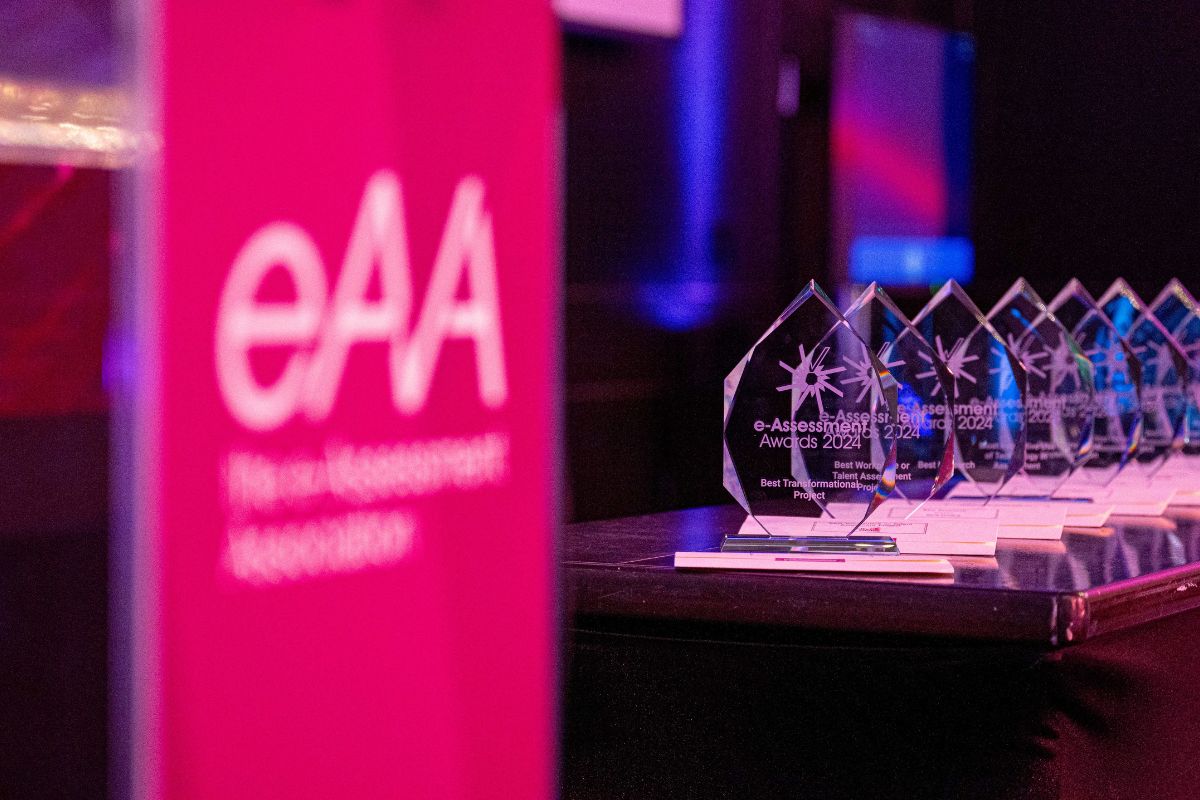The technology potential: Enhancing education through the power of technology

As technology continues to evolve and develop, the implementation of technological tools and platforms in education is presenting new possibilities for the future of learning and teaching. Most industries, including the education sector, are experiencing a rapid change and evolution, driven by technological developments and tools such as artificial intelligence (AI), mobile learning, virtual reality, and Massive Online Open Course (MOOC) and gaming.
Not only can these tools be used to streamline activities such as reviewing student work and attendance monitoring. But if used efficiently, these technologies can help to enhance the education curriculum by providing students with study methods that are better suited to their individual needs, as well as providing teachers with an alternative to traditional lesson plans and teaching.
It is crucial that educational institutions and organisations invest in the technology infrastructure, as well as providing professional development for educators, and leveraging partnerships, to adapt to the evolving technological demands. By doing this, they can more easily work towards incorporating new technologies into their educational framework.
Technology has also played a big role in making education more accessible and diverse. By providing education and teaching via mobile applications and digital platforms, technology has contributed to breaking down geographical barriers and provided students with high-quality educational content, regardless of their background and location. Technology is a key factor in expanding access to education, as it encourages equity and inclusivity, and is helping to create a society where knowledge and skills are accessible to all.
Additionally, students can use these advancements to connect with experts, guest speakers, and peers from diverse backgrounds, expanding their perspectives and enhancing their learning outcomes.
Encouraging efficiency and collaboration
It isn’t just geographical barriers that are being broken down. Technology has also significantly impacted communication and collaboration in education with advancements such as online communication tools and collaborative platforms. Not only has this contributed to fundamentally changing how students interact with each other, but also how they interact with their teachers. Students can engage in real-time discussions, share resources, and get feedback from their teachers – fostering a sense of community and shared learning experience.
Cloud service platforms in particular can enhance and support internal communications, both generally between all staff and more directly between subject departments, creating a more supportive teaching environment. Opening the lines of communication between teachers easily can help senior leadership staff and pastoral care deliver urgent messages to students at the same time. For instance, many schools can utilise this system to deliver safety messages and alerts when fire alarm tests are about to happen, displaying the time the fire alarm tests are due and a site map highlighting the fire assembly point.
Teachers can easily and securely access both shared and private materials via their cloud accounts, allowing them to share presentations, worksheets, lesson plans and additional support across networks. This becomes more significant in the case of teacher absences, with these technologies installed within classrooms, substitute teachers can easily pick up from absent teachers and ensure there is little, to no disruption for students.
As a result, creating a more collaborative environment within schools is one way in which senior leadership teams can ease teachers’ workload and enable a more supportive atmosphere for all staff.
Adapting to evolving technological demands
Similarly, such collaboration can also be found in interactive boards which serve as a tool to create a new and enhanced way of learning. The technology combines traditional whiteboards with advanced technology and is often compatible with educational software applications designed to enhance the learning experience and encourage a versatile and dynamic approach to teaching. These applications may include interactive quizzes, games, and other educational tools such as Learn French with Alexa which include gamification elements such as rewards, progress tracking and more.
For example, using the interactive features of the whiteboard combined with free learning resources provides students with the flexibility to learn at a pace that is best suited to them. Whether these types of exercises are incorporated throughout their lessons as group work, individual work or even as assignments to do at home, this option encourages students to analyse which method is best suited to their way of learning.
Platforms like ThingLink can help schools and universities that are struggling to adapt to the challenge of evolving technological demands, by providing a bridge to the future of technology and reap the benefits of interactive boards in classroom teaching. ThingLink provides over 4 million teachers and students with a valuable addition to higher education, by enhancing the multimedia outlets available for students to explore and adapt to the different technological advancements. Some of these capabilities, such as enhancing images, videos and virtual tours, offer a useful solution to classrooms looking to accommodate diverse language backgrounds and reading abilities.
In addition to offering more accessible, collaborative, and visual learning experiences, technological tools such as interactive boards and cloud service platforms help to prepare students for their careers and future beyond school and education. By utilising platforms such as ThingLink, Learn French with Alexa, and cloud interactive boards, teachers can seamlessly adapt new technology into their classrooms and teaching lessons, ultimately unlocking new teaching capabilities and opportunities for themselves and their students.
By Nicola Pearce, Head of Education, BenQ











Responses